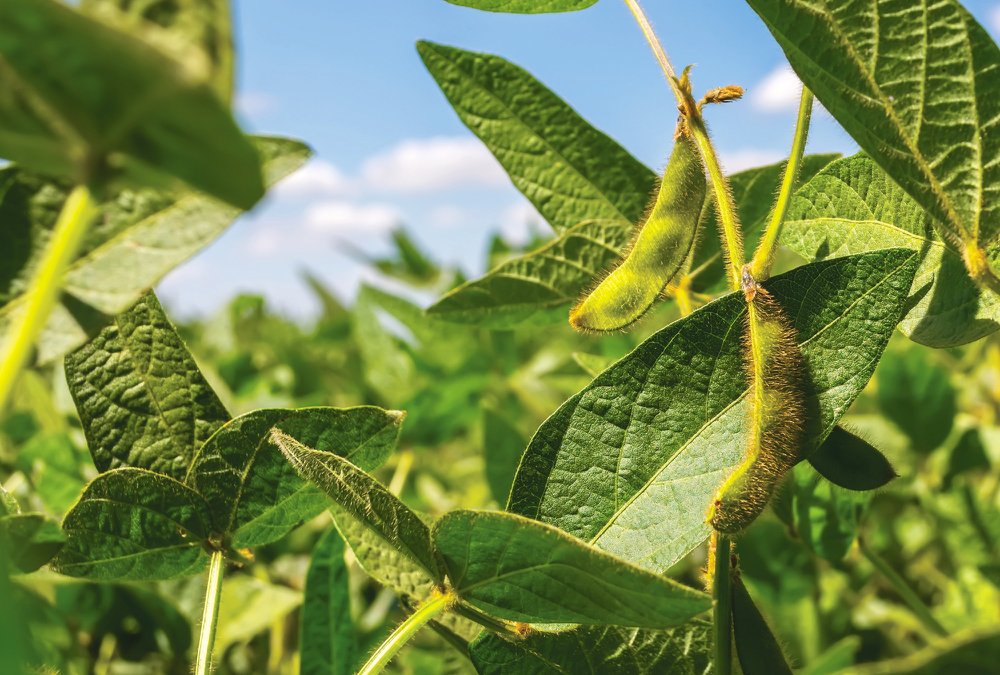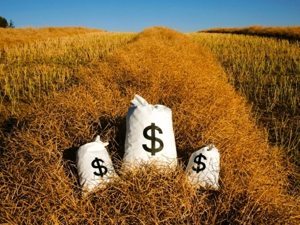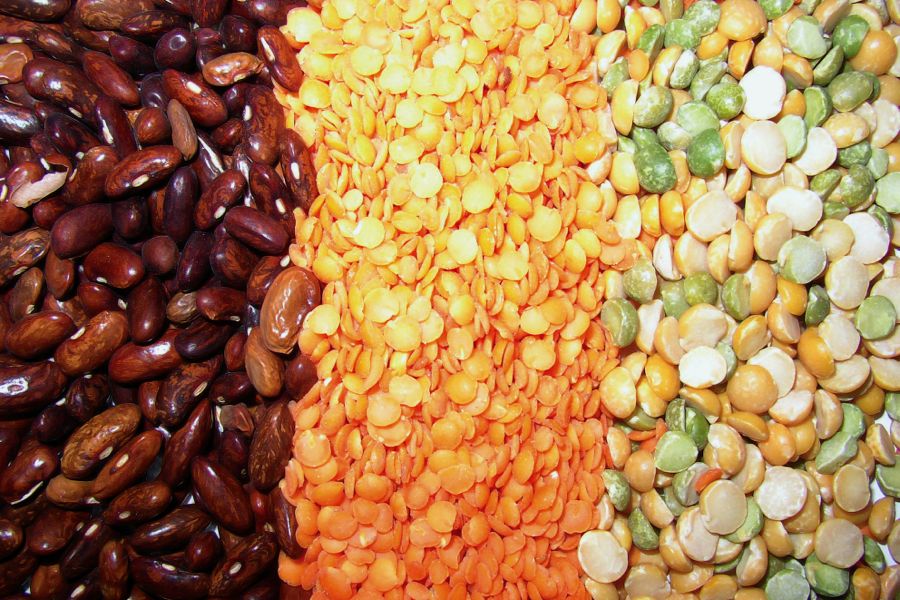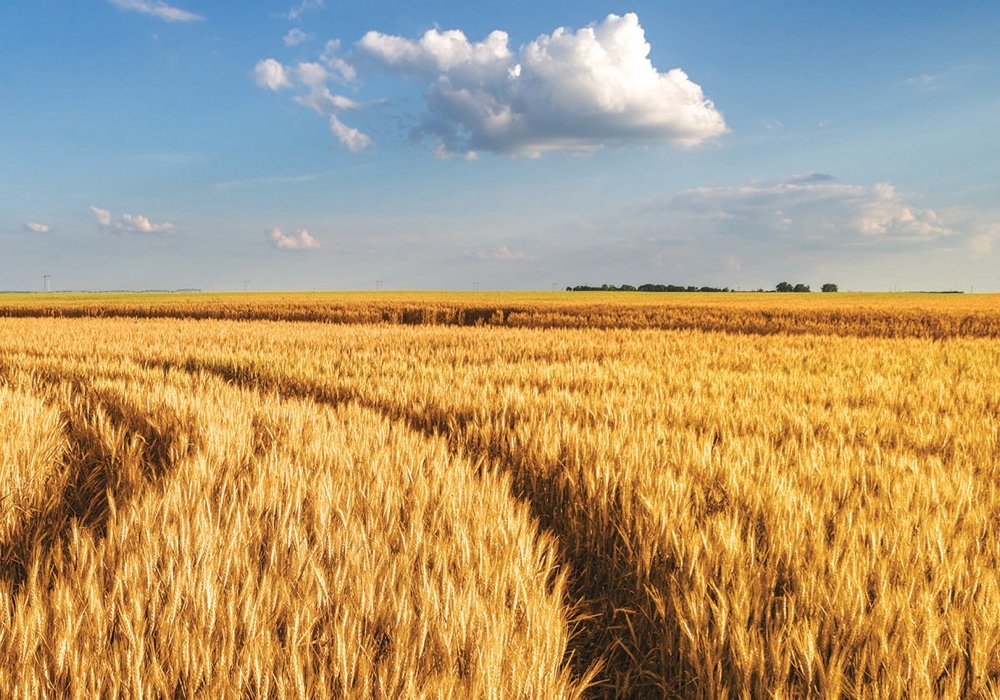It was the scale of the farms that caught Toban’s Dyck’s eye in Mato Grosso

It’s hard to distill great experiences. And, arguably, I don’t want to. I want you, the reader, along for every second of what made my trip to Brazil amazing.
At the planning phase, there were so many disparate parts. I felt it the trip going to fall through — part of it seemed too good to be true. We were to meet this person there, and that person here. The group booking my tickets weren’t native English speakers, so some important information was getting lost in translation from Portuguese. Were the tickets even real?
The tickets were real. Every person who was supposed to meet us, did and at the right time and place.
The important take-away from our time in the Mato Grosso region of Brazil is scale. Farming there happens in big numbers. I’ve said this in past columns, but now I am going to show you. What may seem like a series of pictures of corporate farms, large grain elevators and farm equipment dealers are not any of those things. The pictures below are of individual farms and/or small co-operatives.

This is merely a sampling of one farm’s collection of combine headers. This particular operation ran more than 100 combines.

Agriculture Minister Blairo Maggi with department staffers taking questions at the International Pork and Poultry Conference.
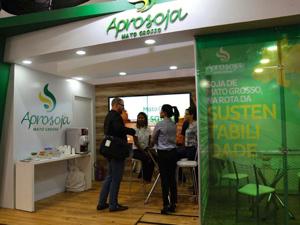
Me, meeting with Aprosoja, Mato Grosso’s soybean growers association.

An event in Sao Paulo where people are trying out their samba numbers for next year’s Carnival Festival.

Grain dryers in Mato Grosso are fueled by eucalyptus wood, which is a fast-growing tree that can be cut three times and can grow 30 or more feet per year. Most farms in the area manage their own eucalyptus forests and will have people on staff to do so.

A single farm’s typical workshop — open sides and a cover to shield machinery from the ravages of the tropical sun.

The on-site staff quarters at Bom Futuro farm.

A cotton harvester completing Bom Futoro’s final field. The farm plants about one million acres of crop per year.

A cotton gin run by a small consortium of growers.

The on-farm grain elevator on the Bom Futoro farm. The ramp lifts the entire truck in order to unload it. Some of these farms have more than 350,000 metric tones of on-farm storage. It’s not uncommon to have a lineup of hundreds of highway tractors waiting at a farm’s gate on a Monday morning.

Another picture of the same small sampling of one farm’s combine headers.

Cotton thread at a spinning mill run as a consortium of 10 farmers.

An example of one farm’s storage.

The weigh station at Carolina farm.



